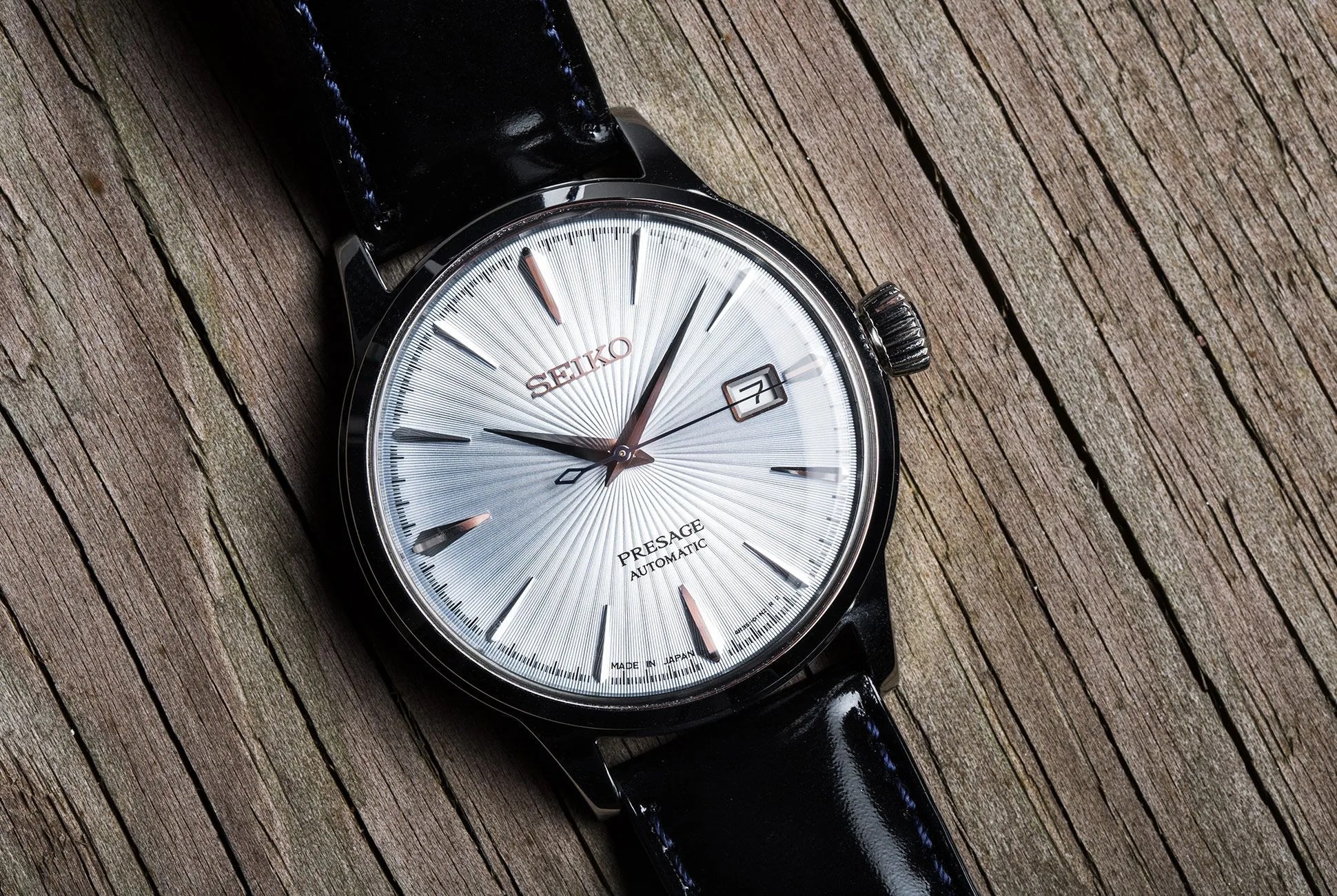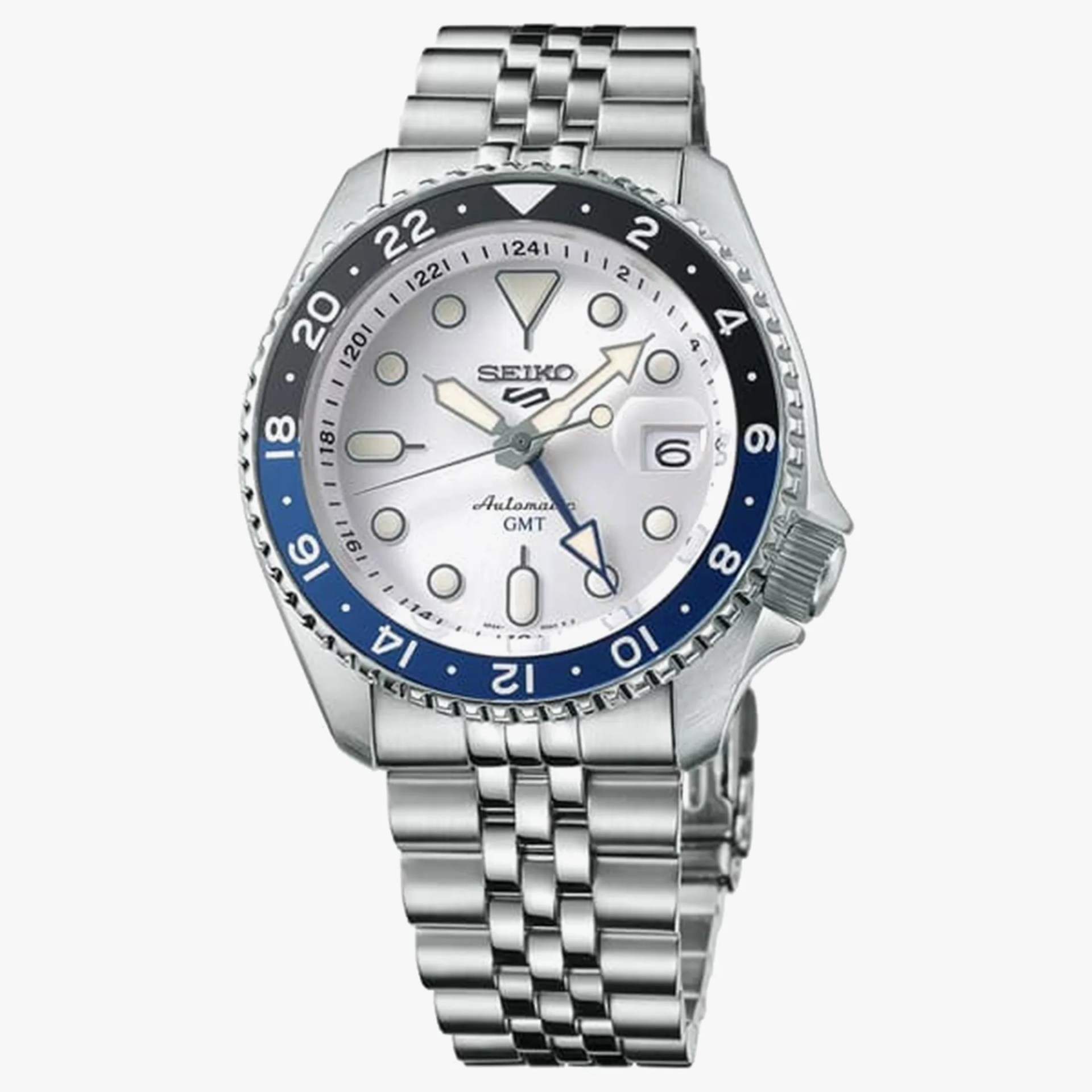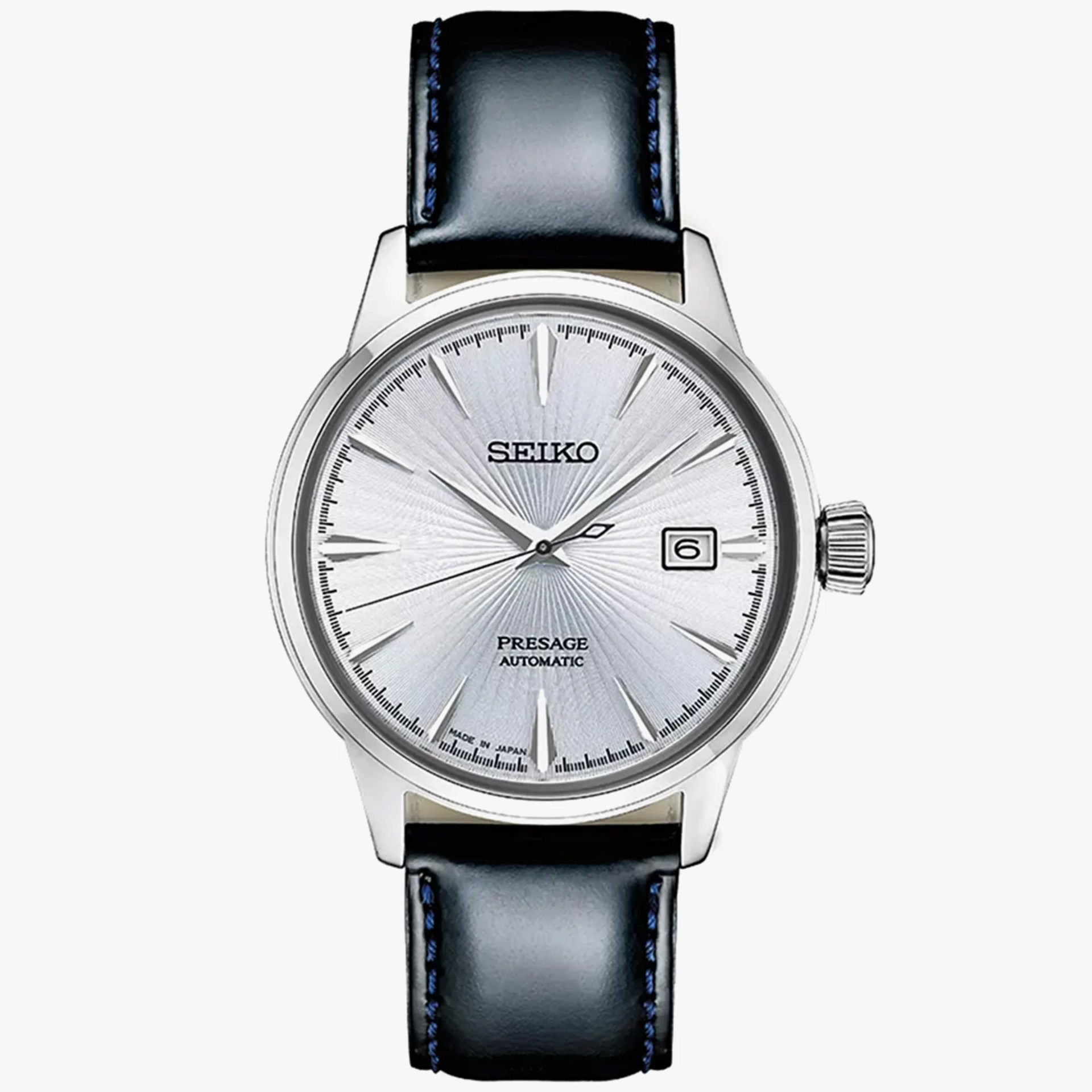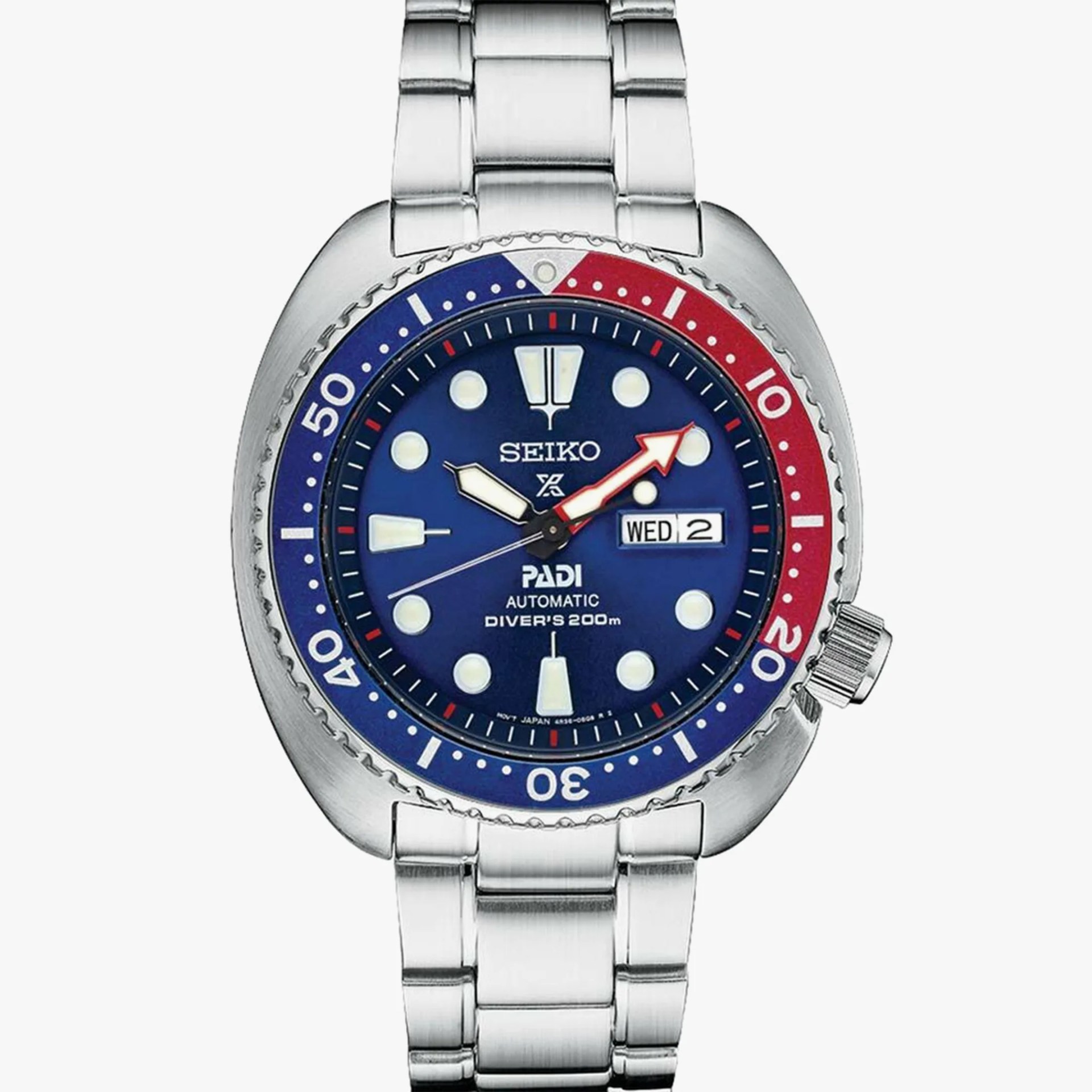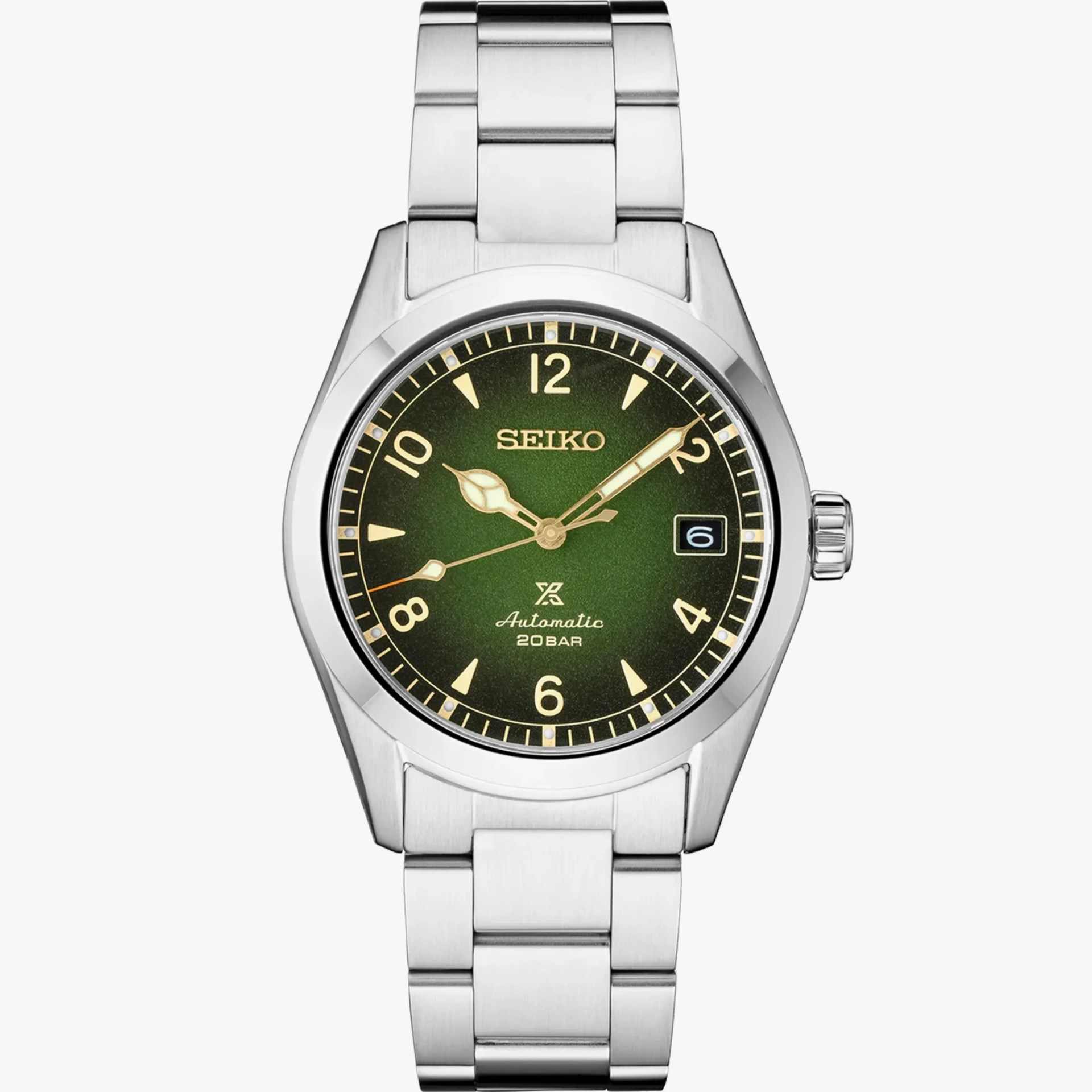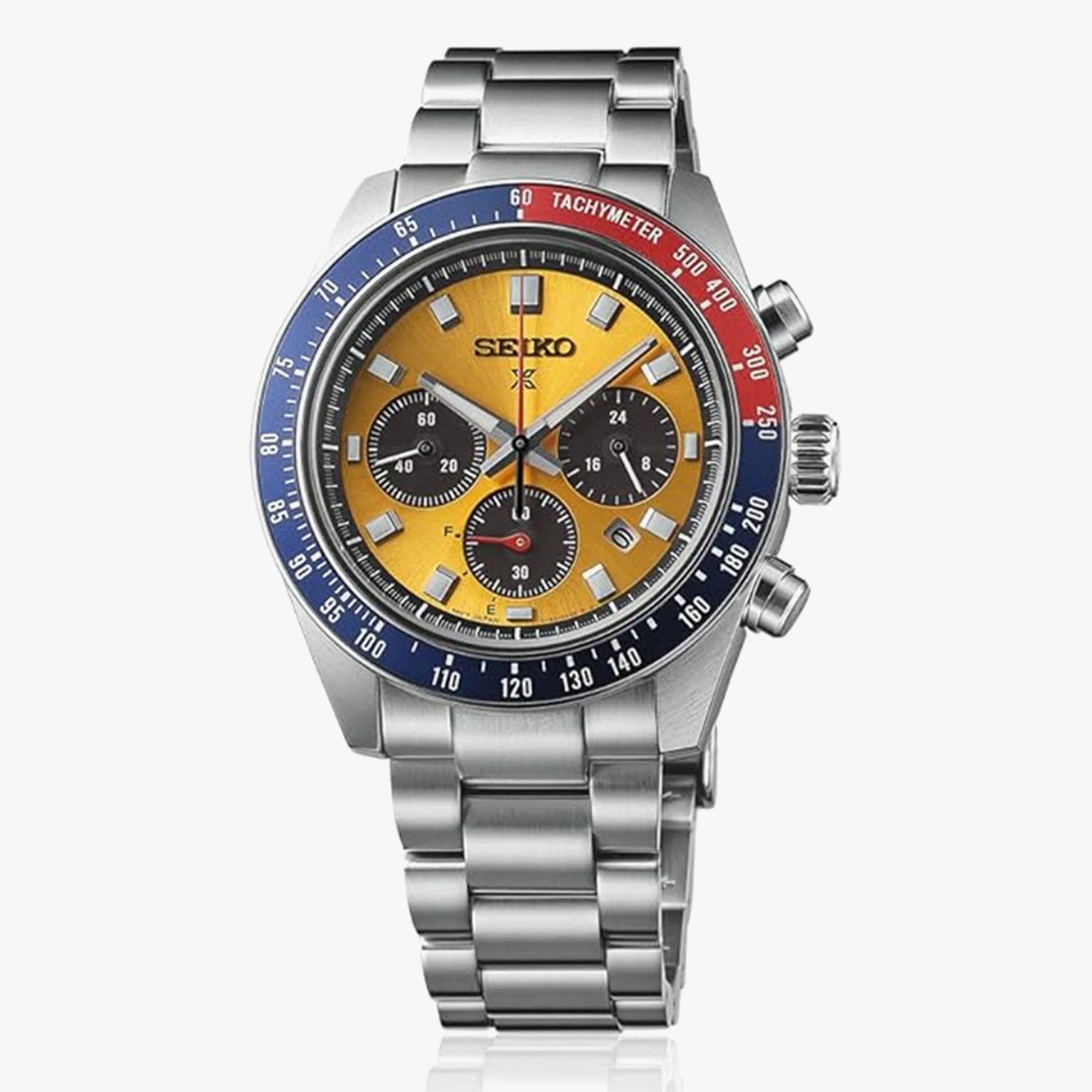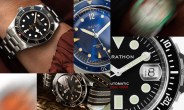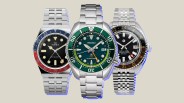By all accounts, Seiko is one of the best brands around which to build one’s watch collection. The Japanese watchmaker is renowned for its variety, heritage and, best of all, budget-friendly prices.
Seiko has two factors going for it that keep prices affordable and make every model a great bang for your buck.
First, it is a vertically integrated company, which means that every single step of design and production is done in-house. By contrast, many microbrands — and even some mainstream brands — source Seiko movements for their timepieces.
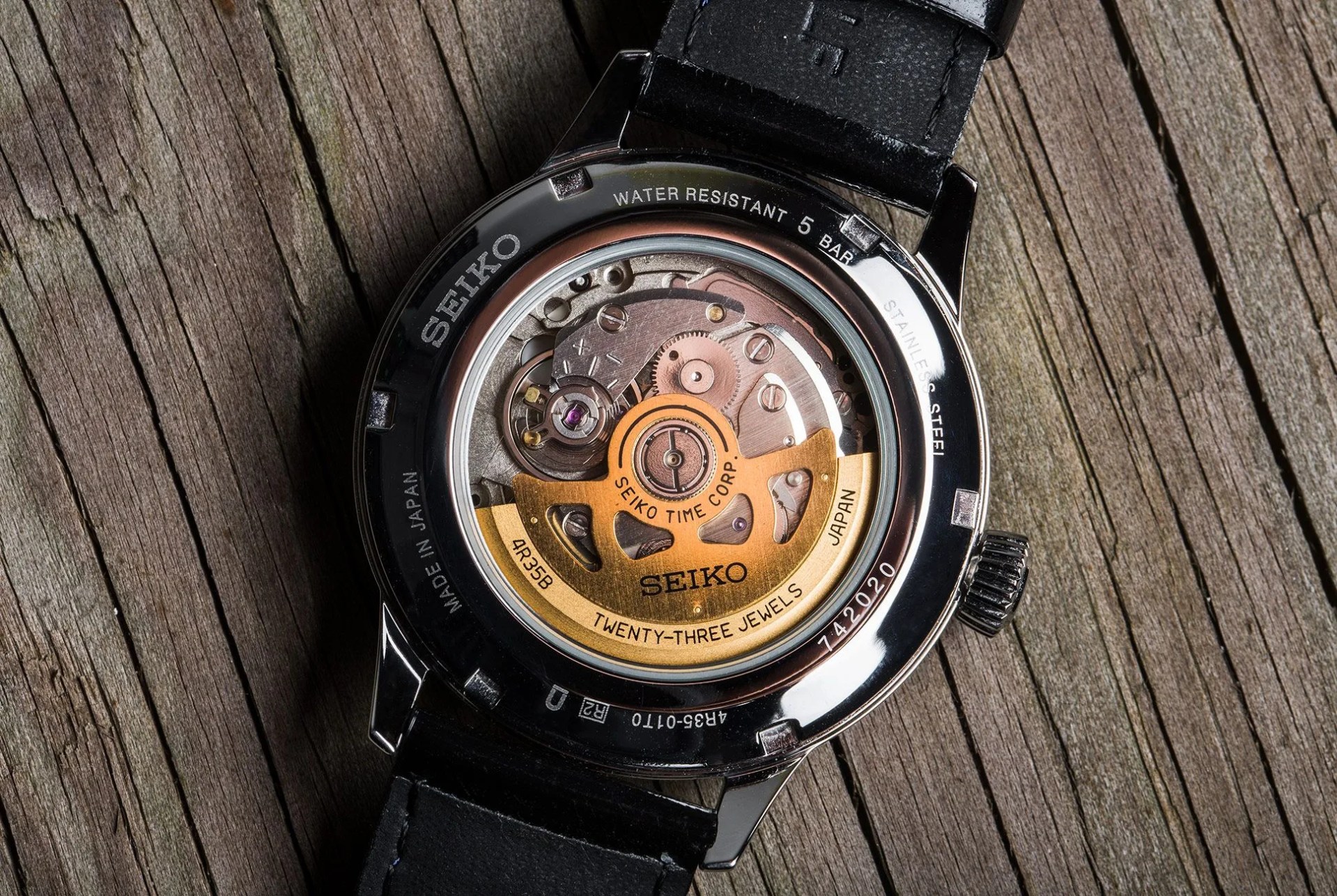
Secondly, Seiko is an absolute behemoth. It is among the industry leaders for annual units sold worldwide. And thanks to economics of scale, Seiko can afford to sell higher-quality watches for cheaper than the competition.
Thanks to economics of scale, Seiko can afford to sell higher-quality watches for cheaper than the competition.
But what really makes it a go-to brand for collectors old and new is the sheer variety of timepieces on offer.
